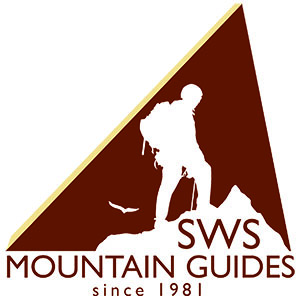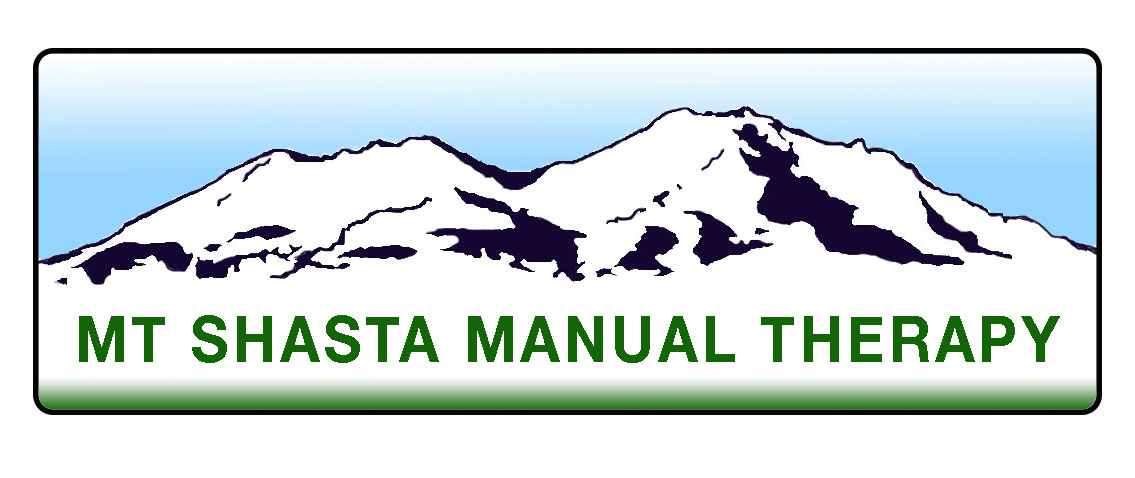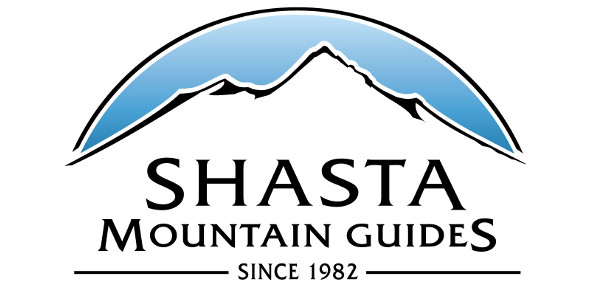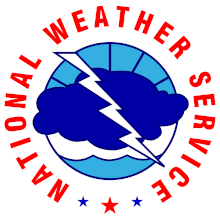You are here
Avalanche Advisory for 2016-11-19 08:20:11
- EXPIRED ON November 20, 2016 @ 8:20 amPublished on November 19, 2016 @ 8:20 am
- Issued by Nick Meyers - Shasta-Trinity National Forest
Bottom Line
The Mt Shasta Avalanche Center is eagerly awaiting the 2016-2017 winter season. Today, 11/19/16, the mountain received twelve inches of snow overnight and more expected today. Strong southerly winds, averaging 10-15 mph and gusting to 30-40 mph could create new wind and storm slabs on the mountain, above tree line. Shallow buried objects still pose a hazard below tree line. Let it snow! We will begin issuing daily avalanche advisories in December.
Avalanche Problem 1: Storm Slab
-
Character ?

Any significant amount of new snow that falls has the potential to form storm slabs that will be sitting on top of this older snow surface. Storm slabs are a release of a soft cohesive layer (a slab) of new snow that breaks within the storm snow or on the old snow surface. If you choose to travel up on the mountain and enter into avalanche terrain take time to evaluate the terrain and snowpack, especially if there is new snow present. Storm slab problems usually last between a few hours and a few days.
You can reduce your risk from storm slabs by waiting a day or two after a storm before venturing into steep terrain. Storm slabs are most dangerous on slopes with terrain traps, such as timber, gullies, over cliffs, or terrain features that make it difficult for a rider to escape off the side.
Avalanche Problem 2: Wind Slab
-
Character ?

Pay attention for wind slab formations. Wind slabs form both during a storm and during high wind events after the storm. They are typically found on leeward sides of ridge tops, moraines, gullies, rock outcroppings, tops of chutes, etc. Snow deposited onto leeward terrain is often smooth and rounded and sometimes sounds hollow and can range from soft to hard. Wind slab problems typically last between a few hours to several days. Wind slabs can develop even on days that it is not snowing, such as the day after a storm when the skies turn blue. So, just like in the winter it is best to give the snowpack ample time to adjust to the new wind load.
Forecast Discussion
THIS SEASON 2016 - PRECIPITATION for MT SHASTA CITY: (As of 11.19.16) Since October 1st (the wet season), we have received 12.68 inches of water, normal is 5.09 inches, putting us at 249% of normal. For the month of November we've received 0.81 inches of water, normal is 2.81 inches, putting us at 28% of normal, and finally... for the year of 2016 we've received 45.58 inches of water, normal is 33.09 inches, putting us at 137% of normal.
Recent Observations
FALL/WINTER STATEMENT 2016/17:
During fall weather, the temperatures are starting to drop and seasonal storms with varying amounts of precipitation are starting to add snow to higher elevations. What this means in terms of avalanche danger depends on several factors. For most locations within our forecast area the avalanche danger is minimal due to lack of snow and very shallow snow depths where rocks, brush, stumps, etc. help hold the snow in place. Avalanche danger on Mt. Shasta where higher elevations host a significant early season snow pack however can be a concern. Backcountry travelers and climbers should be aware that fall storms can quickly produce avalanche conditions. Although precipitation may fall as rain at lower elevations, substantial new snow may be deposited at higher elevations. This new snow may form a poor bond with the old now surface, or change of density within the new storm snow. Backcountry travelers should exercise particular caution under these conditions as it may increase the avalanche potential.
This is the time of year to break out your avalanche transceiver and check the batteries and make sure it is sending and receiving a signal. Check your shovel and probe for wear and proper function. Take a few minutes to brush up on safe backcountry travel technique, and snow pack evaluation skills.
Be aware of hazards overhead regarding cornices and rime ice formations that were formed during recent storms. They may collapse or fracture off and cascade down hill, possibly triggering storm slab or wind slab avalanches on slopes below. Cornices become more unstable and likely to fail with the added weight of new snow, a person standing on them, or during warm weather. Give them a wide berth if traveling along ridge tops.
Rain may also increase the likelihood of avalanches. Rain falling on an already wet snow pack causes water to quickly percolate through the snow pack and potentially weaken progressively deeper snow layers. If the water encounters a crust or ice lens it may flow along this layer and lubricate it, making avalanches increasingly likely within the snow above.
No matter what the season, backcountry travelers and climbers should avoid slopes of questionable snow pack stability. Remember that small avalanches may be dangerous.
Finally, we extend a giant thank you to all who have helped support the Mt Shasta Avalanche Center. Your observations, donations, feedback and general support are very much appreciated!
-----------------------------------------------------------------------------------------------------------------------------------------------------------
The Five Red Flags of Avalanche Danger any time of year include: 1) Recent/current avalanche activity 2) Whumphing sounds or shooting cracks 3) Recent/current heavy snowfall 4) Strong winds transporting snow 5) Rapid warming or rain on snow.
-----------------------------------------------------------------------------------------------------------------------------------------------------------
LOCAL AREA ROAD, NORDIC, AND SNOWMOBILE PARK STATUS:
The Sand Flat cross country ski trails are still covered in snow. A little bit of fresh snow has them in better shape currently, though they have been a little crusty before this last storm. Tree wells are beginning to show. These are backcountry routes marked with blue diamonds on trees. Trails are not groomed. Snow shoers, please blaze a parallel trail to cross country skiers staying out of the skin track. These trails can be accessed via the Everett Memorial Highway. Thank you, and enjoy!
The Mt. Shasta Nordic Center is CLOSED for the season. http://www.mtshastanordic.org
The Pilgrim Creek & Deer Mountain Snowmobile Parks are open, however there is currently no snow at these locations. One had to drive down the 19 road (Military Pass) to get to consistent snow before unloading. Head to our "Education" tab on our website and find the snowmobile section for trail information, grooming status, and other sledder resources.
The Castle Lake Road is OPEN. The Everett Memorial Highway is OPEN to Bunny Flat. The gate at Bunny Flat is open from July 1st to November 1st, regardless of snow conditions. The Castle Lake and Everett Hwy are plowed year round to the trailheads. The roads are not always first priority, so your dawn patrol powder mission might be ceased if the plow has not made it up yet. Siskiyou County does a great job keeping the roads clear. Be respectful of the plow drivers if you encounter them. If you get to Bunny Flat before or during when the plow is there, please park on the uphill, LEFT side of the parking lot as you drive in. This is uphill and lookers right of the bathrooms. Thank You!
Weather and Current Conditions
Weather Summary
Please check our 'Weather' tab at the top of the page for our weather station information, NWS discussions and spot/recreational forecasts.
ALWAYS check the weather before you attempt to climb or recreate on Mt. Shasta. Continue to monitor the weather as you climb. Becoming caught on the mountain during any type of weather can comporomise life and limb. Please be prepared!
| 0600 temperature: | -- |
| Max. temperature in the last 24 hours: | -- |
| Average wind direction during the last 24 hours: | -- |
| Average wind speed during the last 24 hours: | -- mi/hr |
| Maximum wind gust in the last 24 hours: | -- mi/hr |
| New snowfall in the last 24 hours: | -- inches |
| Total snow depth: | -- inches |
Two Day Mountain Weather Forecast
Produced in partnership with the Medford NWS
| For 7000 ft to 9000 ft | |||
|---|---|---|---|
|
Saturday (4 a.m. to 10 p.m.) |
Saturday Night (10 p.m. to 4 a.m.) |
Sunday (4 a.m. to 10 p.m.) |
|
| Weather | -- | -- | -- |
| Temperature (°F) | -- | -- | -- |
| Wind (mi/hr) | -- -- | -- -- | -- -- |
| Precipitation SWE / Snowfall (in) | / -- | / -- | / -- |
| For 9000 ft to 11000 ft | |||
| Saturday | Saturday Night | Sunday | |
| Weather | -- | -- | -- |
| Temperature (°F) | -- | -- | -- |
| Wind (mi/hr) | -- - | -- -- | -- -- |
| Precipitation SWE / Snowfall (in) | / -- | / -- | / -- |


























































